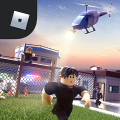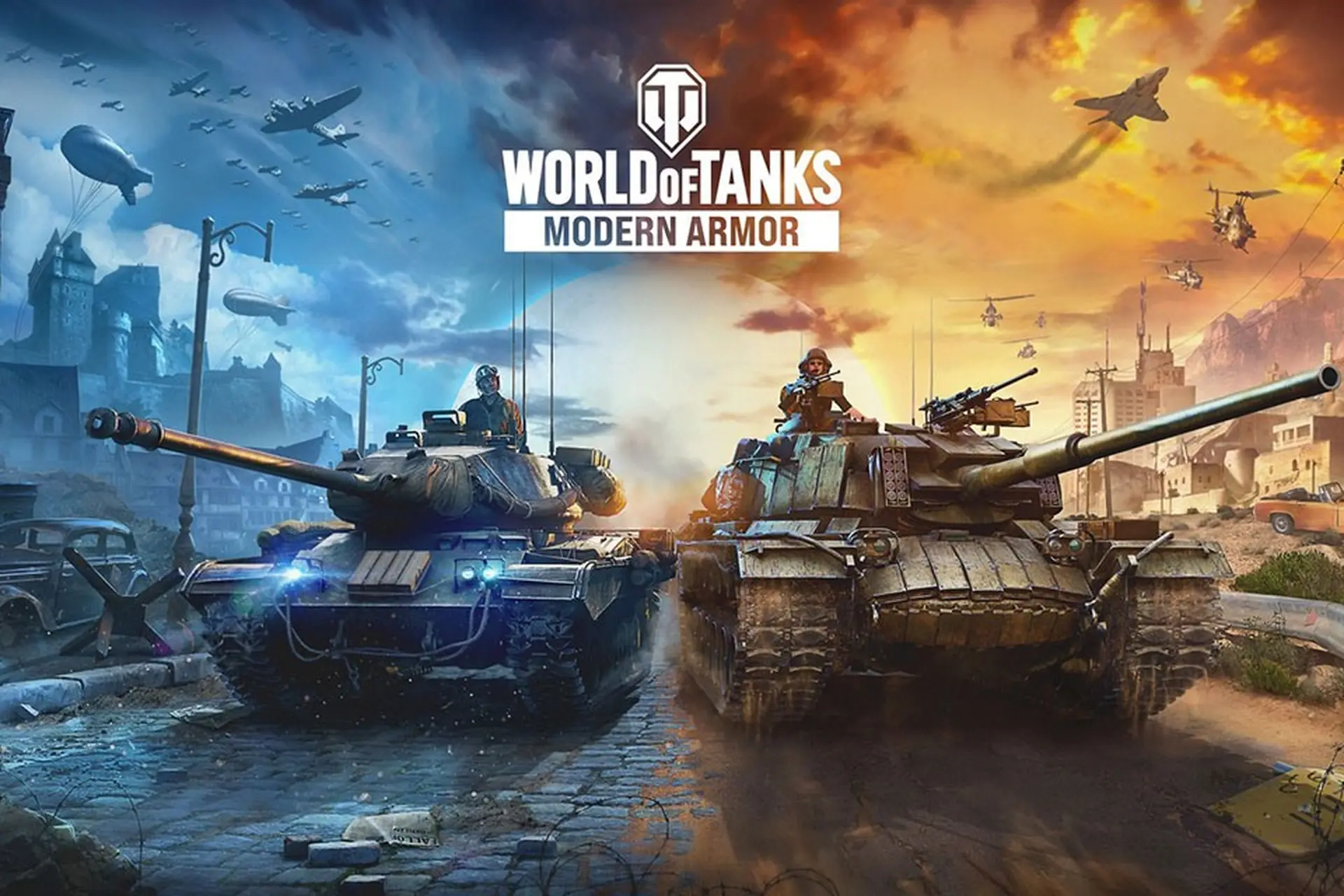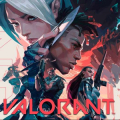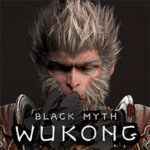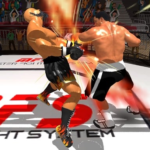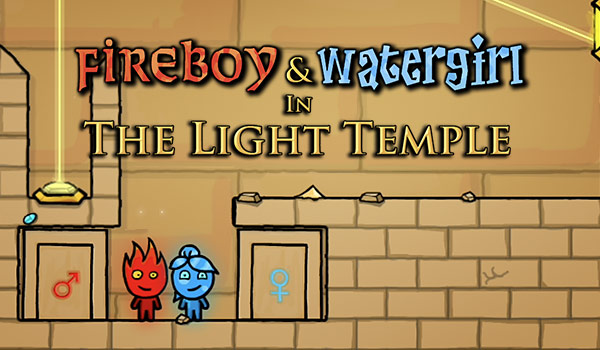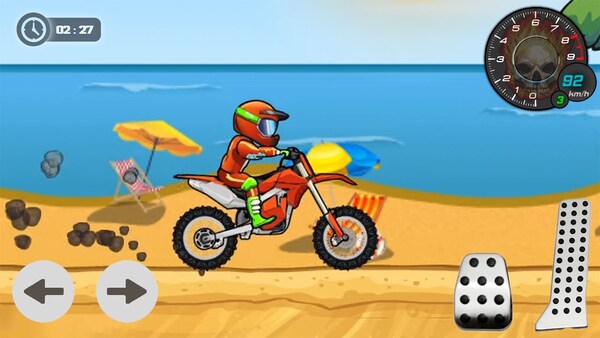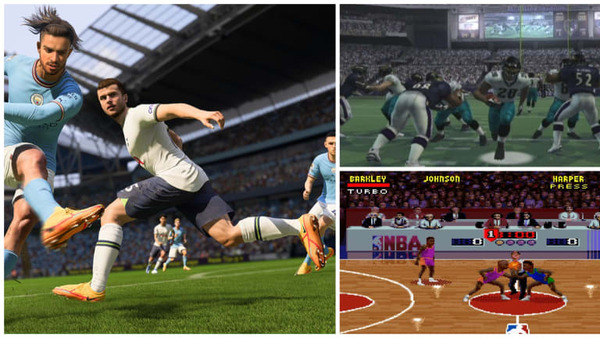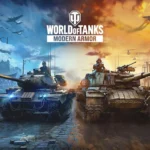World of Tanks is a massively popular online multiplayer game that has captivated millions of players with its strategic depth, tank warfare realism, and competitive gameplay. But beyond the thrilling explosions and tactical maneuvers lies a surprising connection to real-world concepts like insurance and claims. In this article, we’ll explore not only what makes World of Tanks engaging, but also how it mirrors risk management strategies found in the insurance industry.
What Is World of Tanks?
World of Tanks is a free-to-play multiplayer tank battle game developed by Wargaming. It allows players to take control of historically inspired tanks from the mid-20th century and engage in strategic, team-based battles across varied terrain and environments.
With over 600 vehicles from nations like Germany, the USSR, the USA, China, and more, the game offers incredible diversity. Players must master different vehicle types, such as light tanks for scouting, heavy tanks for absorbing damage, and tank destroyers for ambushes. The gameplay requires careful planning and adaptation—skills that echo the precision and foresight needed in insurance policy planning.
The Evolution of World of Tanks
Since its launch in 2010, World of Tanks has gone through significant transformations. Major overhauls in graphics, user interface, matchmaking algorithms, and gameplay mechanics have kept the game fresh and engaging.
Key updates include the switch to the HD engine for more immersive visuals, destructible environments, realistic sound design, and more accurate shell trajectory physics. This evolution reflects how the insurance sector also adapts through digital innovation and regulatory reforms to meet changing customer needs and reduce claim disputes.
Gameplay Mechanics: A Battle of Strategy
At its core, World of Tanks is a strategy game disguised as a shooter. Each 15v15 match requires players to assess terrain, enemy positions, and team dynamics. It’s not about who shoots first—it’s about who thinks smarter.
Players choose from different tank classes, each with a specific role in combat. Success depends on how well players understand their role and support their team. This is much like managing a business or personal asset with the right insurance coverage, where you anticipate risks and prepare for the unexpected.
Tank Roles and Responsibilities
-
Light Tanks – Act as scouts, detecting enemies and providing vision.
-
Medium Tanks – Balanced units for offense, flanking, and support.
-
Heavy Tanks – Heavily armored tanks that hold the front line.
-
Tank Destroyers – High-damage units for ambushes and long-range shots.
-
Artillery – Provides indirect fire and support from the rear.
Each role adds complexity and requires coordination—similar to how insurance agents, underwriters, and claims adjusters work together in the real world.
Tank Damage and the Concept of Risk
In World of Tanks, tanks are vulnerable to different types of damage: modules can break, crew members can be injured, and ammo can detonate. Understanding these risks and mitigating them is crucial—just like in real-life risk management.
Using repair kits or first aid kits mid-battle mirrors the purpose of a quick and efficient claim process. Just like how filing an insurance claim helps recover from a loss, using these tools restores function and keeps you in the fight.
World of Tanks Economy: Silver, Gold, and Premium Accounts
World of Tanks operates on a dual-currency economy: Silver (earned in battles) and Gold (bought with real money). Players use these to buy new tanks, equipment, camouflage, and even premium accounts.
A premium account provides extra experience and currency gains per match. This introduces a paid advantage—similar to having a premium insurance plan that offers faster service, higher coverage, or extra benefits compared to a basic policy.
Investing in better tanks or accounts can be compared to investing in better insurance coverage—it costs more upfront, but the long-term rewards are often greater.
Clan Wars and Team Tactics
One of the game’s most compelling features is Clan Wars, where organized groups battle for territory on a global map. These wars require in-depth strategy, logistics, and synchronized team efforts.
Managing a clan successfully is similar to managing a company or insurance firm. Team leaders assign roles, manage resources, and ensure everyone works toward a shared objective—just as an insurance company manages claims, policies, and customer service.
Armor and Penetration: The Insurance of the Battlefield
Each tank in World of Tanks has armor that varies by location and thickness. Knowing where to shoot—and how to angle your own tank to deflect shots—is an essential skill. Armor is essentially your in-game insurance policy, protecting you from damage.
Choosing the right ammunition, targeting weak spots, and positioning yourself defensively can dramatically reduce incoming damage. Just like in real life, choosing the right insurance coverage can minimize financial loss when unexpected problems arise.
Modding and Community Contributions
World of Tanks has a passionate modding community that improves gameplay through interface enhancements, statistical analysis, and educational tools. These community contributions help newer players understand the game and improve their performance.
Similarly, the insurance industry relies on data analysts, educational outreach, and software tools to help clients make informed decisions and better understand their claims process.
The modding community also holds Wargaming accountable—just as consumers expect transparency and fairness from their insurance providers.
Learning from Loss: Insurance-Like Mindsets in Gaming
Failure is part of World of Tanks. Whether it's a flanking maneuver that backfires or a shot that misses, players must analyze what went wrong. This reflective mindset is also crucial in the world of insurance.
Insurance providers often analyze past claims to improve their risk models and product offerings. Similarly, experienced players in World of Tanks review replays and statistics to find patterns and improve future performance.
The shared lesson? Success comes from learning, adjusting, and minimizing repeat mistakes.
Real-World Lessons from World of Tanks
You might not think of a video game as a source of real-world wisdom, but World of Tanks teaches valuable concepts: resource management, team dynamics, risk analysis, and long-term planning.
These are the same concepts that professionals use in industries like insurance. Understanding risks, preparing for contingencies, and navigating unexpected challenges are essential both on the battlefield and in life.
Whether you're upgrading your heavy tank or evaluating your life insurance coverage, the principles are surprisingly aligned.
Conclusion: More Than Just a Game
World of Tanks is not just a game of tanks and explosions—it's a game of decision-making, resource planning, and learning through experience. Its mechanics mirror the complexities of real-world industries like insurance, where protection, strategy, and proper claim handling determine long-term success.
By understanding these parallels, players can not only improve their gameplay but also gain insight into managing risks in real life. In both worlds, smart choices and preparedness pave the way to victory.





